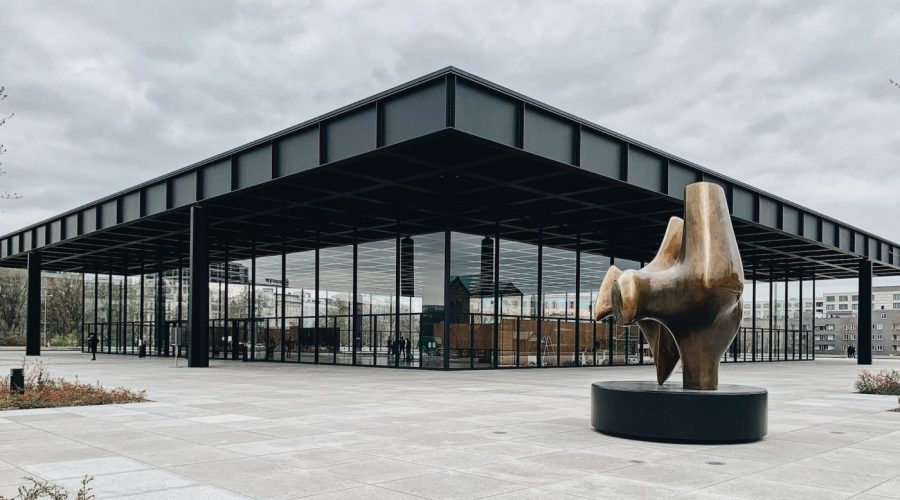Uncovering Berlin’s Olympic History: Are You Ready for a Guided Walking Tour of the Olympic Stadium?
Berlin, a city full of historic and cultural standing, welcomes you. As a tribute to Berlin‘s Olympic history, the iconic Olympic Stadium is one of the must-see attractions. Tucked in the Olympic Stadium is a walking tour of the sites where past Olympiad was hosted, if you are a sports fanatic or simply wish to take a tour of the Olympic sites, this is a must experience.
Why Visit Berlin’s Olympic Stadium?
We begin our walking tour before we delve into the finer details, given the reason why the Olympic Stadium in Berlin should be visited. In all fairness, this historic stadium is built for the 1936 Summer Olympics, and holds an incredibly important place in Olympic history. Seeing the patrolling of athletes at one of the world’s least obvious times of collective sporting catastrophe, and now playing host to huge spectator sports, tells you that the stadium is one of the great facades
What to Expect on the Walking Tour?
But that walking tour of Berlin’s Olympic Stadium, through an involved time, takes you along. You will get to see the impressive architecture, hear about the story behind the games and how the city played a part in Olympic history. This section outlines the main points that await visitors.
1. Guided Tour
On your arrival, you shall be received by an experienced tour guide who would take you through the history of the stadium. And they’ll give great anecdotes and offer insight into each of the intricate details of its design. You’ll lose yourself in an immersion of Hitler’s influence on the stadium’s construction as well as how it was repurposed after the war.
2. Exploring the Stadium
On the tour you will see different sections of the stadium. Look with amusement at the grandstands and represent the Royal boxes to imagine the endless bustle of the crowds here. Potential photo opportunities during the tour require visitors to bring a camera with them.
3. Olympic Memorabilia
The Olympic Stadium trip would be incomplete without a peruse of the Olympic memorabilia on display. The exhibits contain the tangible connection to the Olympic legacy, including torches used in different games, medals and jerseys of legendary athletes. Browse through the items, paying attention to lost stories.
4. From Past to Present
The Olympic Stadium has its roots in the past, but it is still alive today. International football matches and music concerts still take place at the stadium. During the walking tour, you may even be lucky in seeing athletes preparing for an event or some such or getting ready for an event.
Useful Tips for Your Visit
Before you departed on your walking tour to Argentina, here are a few tips that can help you make the most of your walking tour there.
- Comfortable shoes: Walking during the tour requires sufficient foot protection so wear correct footwear.
- Dress for the weather check the weather: Berlin’s weather can vary substantially some days, and as a result, it pays to be prepared for the worst by bringing an umbrella or a raincoat.
- Secure your spot on the tour book in advance: If you want to go on the tour, book tickets in advance especially when the numbers of tourists peak.
- Enjoy delay: The Olympic Stadium has many viewing spots, fantastic architecture and good exhibitions. Take pleasure in every moment of the tour, without rushing.
- Respect the site: The Olympic Stadium is a symbol of the history; respect the premises and follow the guidelines given by the guides.
Conclusion
A journey through time as a walking tour of Berlin’s Olympic Stadium is also to get connected with history and learn about the legacy of the Olympic Games. The walking tour presents historical perspectives that exclusively focus on both architectural landmarks and significant narratives from Berlin’s past.
For sports freaks, history lovers, it is time to take your walking shoes, get your camera ready, step in to the midst of Berlin’s Olympic history. Prepare yourself for something like no other that is fascinating, educational and explorative.
Table of Contents



